Micro- and nanoplastics taken up by gastric cancer cells are passed on during cell division, according to new research by researchers in Austria and Germany. Particles around 0.25μm in size also increased the rate of migration in these cells and are thought to have pro-metastatic effects.
‘It was very surprising that cells are not only taking up plastics, but these also stay there after cell division,’ said Lukas Kenner, a pathologist from the Medical University of Vienna who co-led the project.
The researchers exposed four gastrointestinal cancer cell lines to different concentrations of 0.25, 1 and 10μm polystyrene particles. They studied these cells because the gastrointestinal tract is one of the major entry points for daily exposure to micro- and nanoplastics.
The team’s analysis shows that smaller particles (0.25 and 1 μm) were taken up by all cell lines, while larger particles were only distributed around the cells – not attached to the cell layers – adding weight to previous findings that suggest larger microplastics may be less harmful to cells.
The team also looked at how the nanoplastics might affect cellular processes. While it’s widely known that microplastics can spread across the body and cause damage to cells, scientists don’t fully understand the mechanisms by which they do so.
‘Right now, we see the effects, we see the end of the story, but we don’t know how it gets there,’ says Fulya Yöntem, a medical researcher from Koç University in Istanbul, Türkiye, who was not involved in the study.
Kenner’s team looked at how the polystyrene particles affected cell migration. As this is the first step in metastasis, Kenner wanted to understand if these plastics could have an impact on the cancer’s aggressiveness.
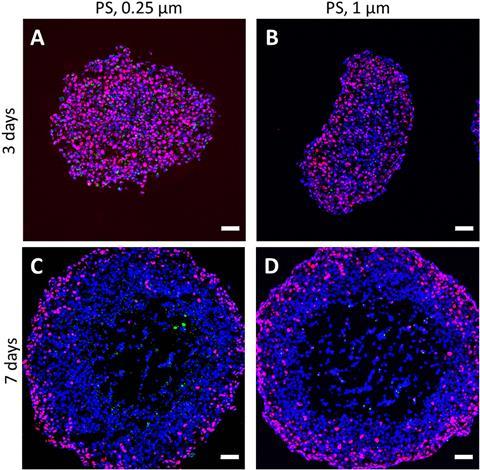
The team found that 0.25μm particles increased the speed of cell migration compared to unexposed cells. The researchers’ theory is that plastics induce changes in the cytoskeleton, and these changes could affect cell migration. In addition, they saw that plastic nanoparticles were distributed between the mother and daughter cells during cell division.
Since the plastic particles accelerated cell division and were passed from mother to daughter cells, the team says that these plastics might have a pro-metastatic effect. This idea stems from the observation that cancer cells tend to retain substances that help them multiply.
‘Tumour cells will always want to replicate, want to become more malignant,’ explains Kenner. ‘So, everything that’s kept within the cells is, in theory, helping achieve that.’
Xin Yong, an expert on fluid–solid interfaces based at Binghamton University, US, says that the study provides a valuable model but doesn’t give a complete picture of how microplastics interact with biological cells outside of the lab. ‘Although the results are highly significant, the study is limited to commercially available polystyrene nano- and microspheres, which do not represent the key characteristics of plastics produced in the environment.’
Micro- and nanoplastics in the environment are formed by the degradation of plastic objects or are released directly from industrial products. As a result, Yong explains, these particles have highly irregular shapes and researchers still need to understand how these different morphologies affect the way plastics interact with cells. This is a notion that Kenner agrees with. ‘We just scratched the surface,’ he says. ‘Polystyrene is just one of many different particles. In the real world, we would be influenced by not only one particle but many different particles at once.’
A new meta-analysis by Yöntem on the impact of micro- and nanoplastics on cell health also showed that research on microplastics tends to focus only on specific types of plastic. She explains that there is an urgent need for experiments that better mimic the real environment in terms of plastic types and plastic concentrations. ‘Researchers should start using micro- and nanoplastics from everyday plastic bottles,’ she says.
References
1. E Brynzak-Schreiber et al, Chemosphere, 2024, DOI: 10.1016/j.chemosphere.2024.141463
2. F D Yöntem and M A Ahbab, Cambridge Prisms: Plastics, 2024, DOI: 10.1017/plc.2024.6





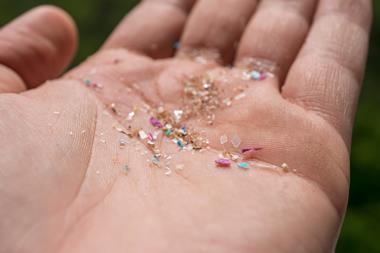
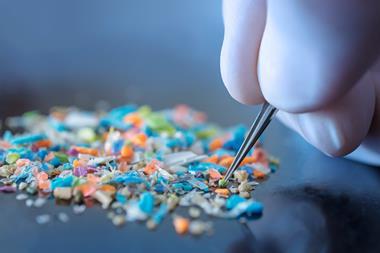
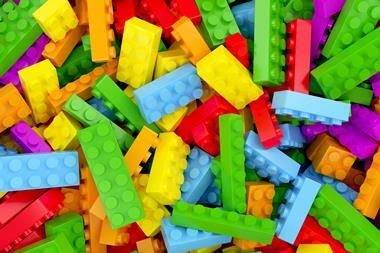
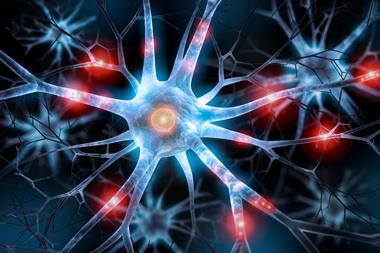
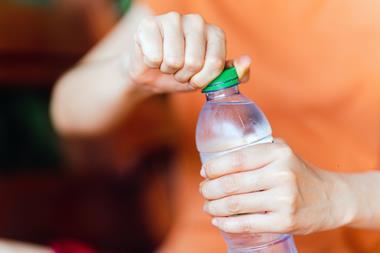
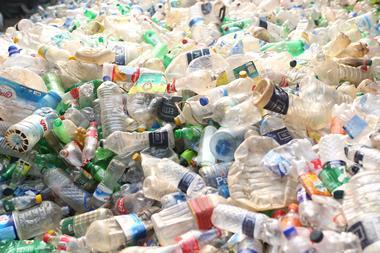
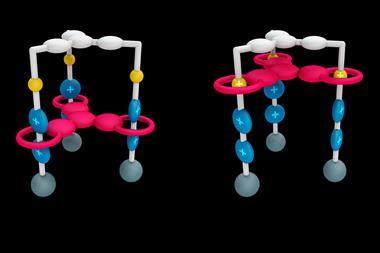





No comments yet